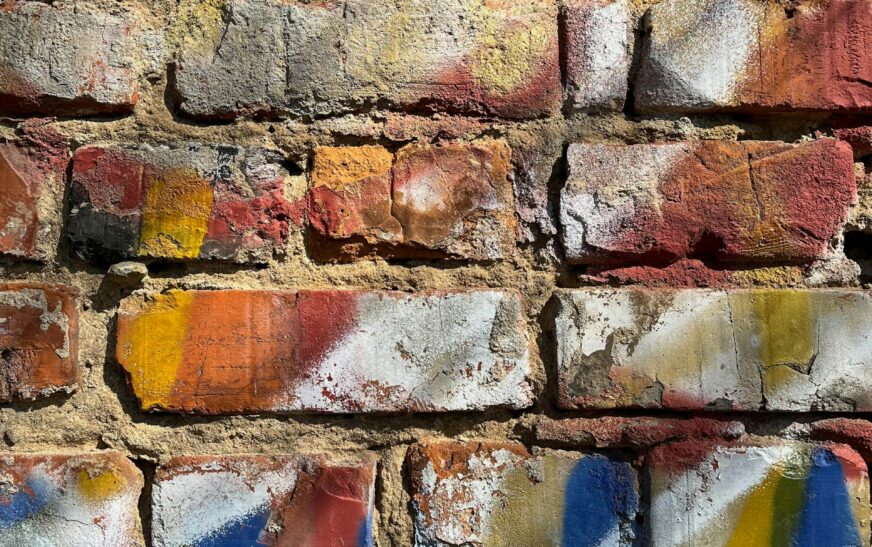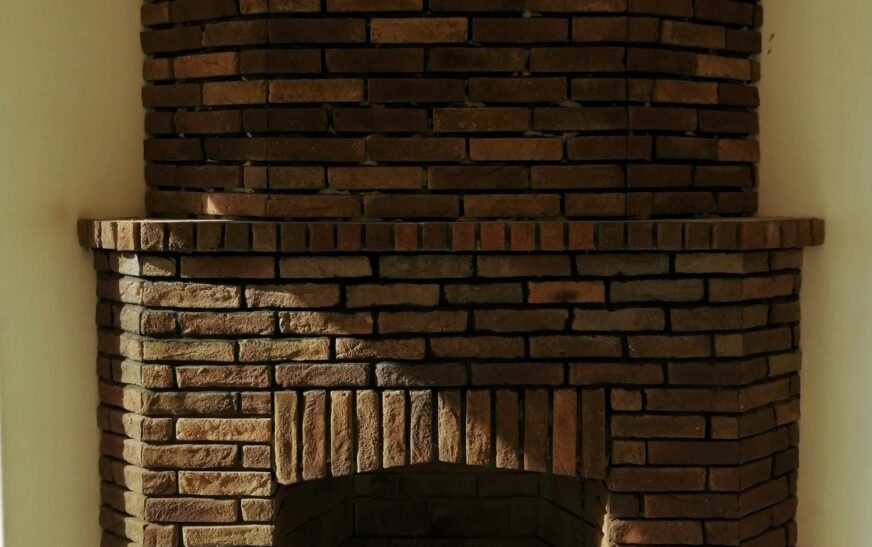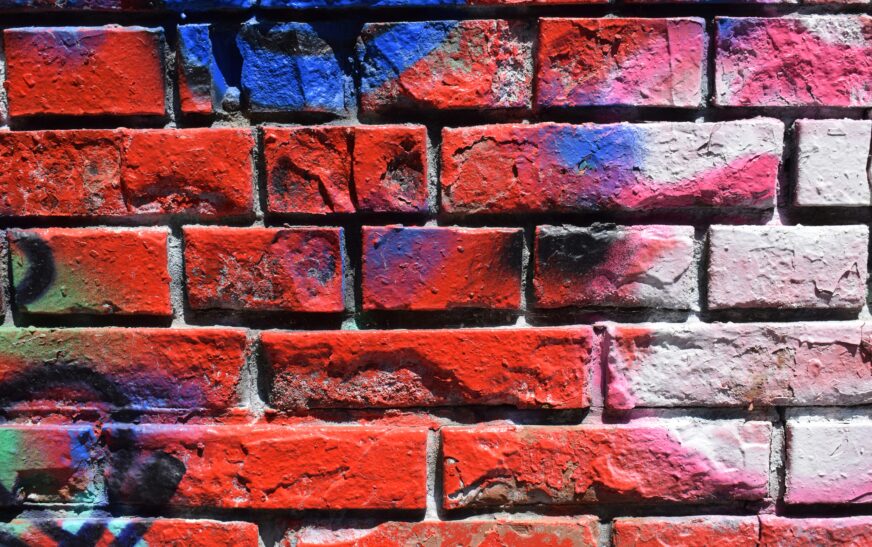At first glance, painting brick seems like a no-brainer. A quick coat of white or charcoal can turn a tired, dated wall into something sleek, modern, and Instagram-worthy. Social media is full of “before-and-after” transformations that make it look like magic. But here’s the real question: is painting brick bad in the long run?
Short answer: It can be.
Long answer: It depends on the brick, the paint, and your willingness to do some ongoing maintenance.
Why Painting Brick Is So Popular
Painted brick is everywhere these days—from cozy interior fireplaces to entire house exteriors. Why the craze?
- Hides imperfections, stains, or discoloration
- Matches minimalist, farmhouse, or modern trends
- Gives you total control over the room or home’s color palette
But here’s the thing many people don’t realize: brick isn’t just a wall. It’s porous, it breathes, and it interacts with moisture and the environment in ways paint can disrupt.
How Painting Brick Can Go Wrong
1. Moisture Trapping and Structural Damage
Brick needs to breathe. Moisture naturally moves in and out of unsealed brick. Paint—especially thick, non-breathable types—can trap water inside. That trapped moisture can lead to:
- Cracking or flaking paint
- Efflorescence (white salt deposits)
- Spalling (brick surface breaking off)
- Mold and mildew
In climates with freeze-thaw cycles, trapped water can literally break the brick from the inside out. Not fun.
2. Permanent Commitment
Here’s a hard truth: once you paint brick, there’s no easy undoing. Removing it is labor-intensive, expensive, and rarely perfect. Often, the brick will never look quite the same again.
So if you’re unsure about the look five or ten years down the line, think carefully—this is not a “try it and see” decision.
3. Maintenance Requirements
Unpainted brick is famously low-maintenance. Painted brick? Not so much. Expect:
- Regular cleaning to prevent dulling or staining
- Repainting every 5–10 years depending on wear and UV exposure
- Occasional sealing or patching
If low-maintenance is your thing, painted brick might not be the best choice.
When Painting Brick Can Work
That said, painting brick doesn’t have to be a disaster. It can be safe and stunning if:
- The brick is newer, dense, and in great condition
- The surface is thoroughly cleaned and fully dried
- Breathable masonry paint is used (mineral-based or silicate paints work best)
- The wall is in a relatively dry, well-ventilated location
- You’re prepared for future touch-ups and maintenance
Follow these rules, and your painted brick can look gorgeous for years.
Alternatives to Painting Brick
If you want a refreshed look but aren’t ready to commit, consider:
- Limewash: A breathable, mineral-based coating that lets moisture escape and naturally ages over time
- Brick stain: Penetrates the brick without forming a surface layer, preserving texture and breathability
- Deep cleaning and sealing: Sometimes a good scrub and a matte sealer are all you need
These options refresh the look without the permanence or risks of traditional paint.
Read More : Is It Bad to Paint Brick? Here’s the Truth Few People Talk About
Final Verdict
Painting brick isn’t inherently bad—but it’s not always wise. The success comes down to:
- Brick condition
- Local climate
- Your commitment to prep and maintenance
If you’re meticulous about prep, materials, and upkeep, painted brick can be stunning. But if you’re looking for a quick, low-maintenance cosmetic upgrade, beware—it can quickly turn into a structural headache.










